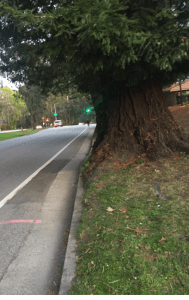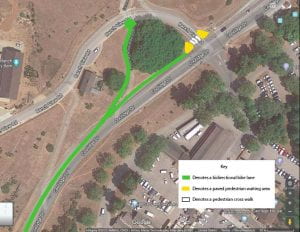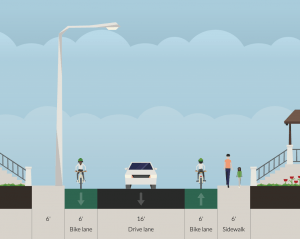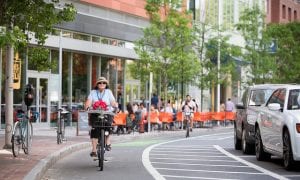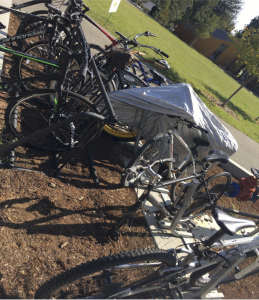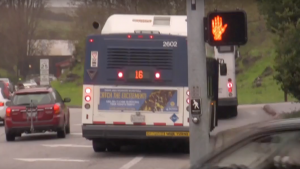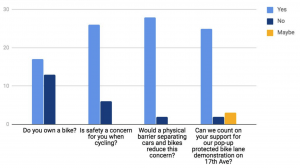
A “pop-up” protected bicycle lane is planned for 17th Avenue, as a pilot program led by Bike Santa Cruz County. The pop-up will help to demonstrate the feasibility of protected bike lanes on county streets.
This report, by Jessica Ngo, Lydia Jenkins-Sleczkowski, Christina Eldredge, and Christopher Tom, shows how to expand the pilot to a longer stretch of 17th Avenue, connecting the future Rail Trail and Simpkins Swim Center with Live Oak Elementary School. The report also shows the depth of community support for the pop-up lanes, and how protected bike lanes would reduce traffic concerns, particularly for parents whose children attend one of the schools on the corridor.
Read the full report. Thanks for the UCSC Carbon Fund for financial support.
